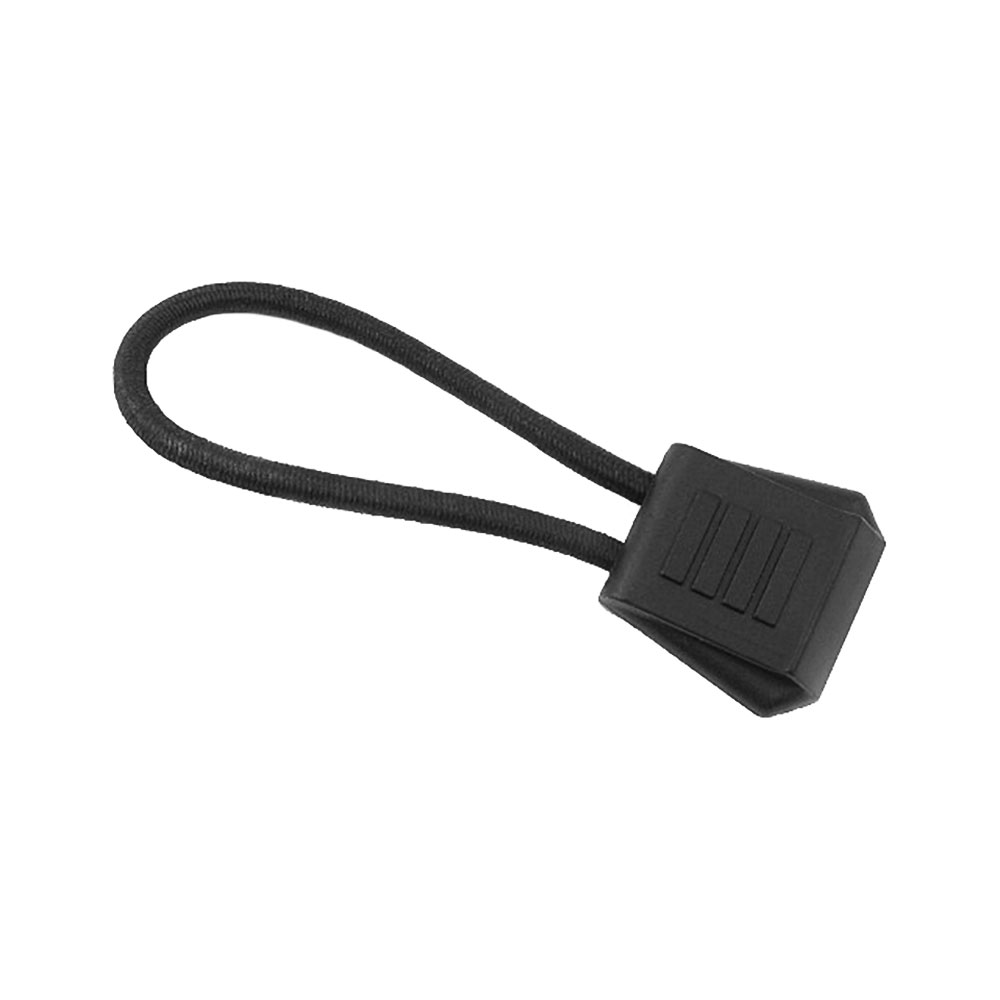A semi-dry is a wetsuit. The weight will be roughly the same for equal thicknesses of neoprene. For BP/W versus vest, it depends on how much floaty stuff like cushioning is built into each. But vests are usually neutral to a couple of pounds positive. Your 8lbs is a reasonable starting point if you are using the same tank.
With only 8 pounds, you can either attach a couple of small (5lb max) trim pockets to your waist belt or use a weight belt. I'd probably start with the weight belt because it makes things easier to handle on a shore entry and if you ever need to take your gear off underwater, it will be a lot simpler since you won't be floating away from your rig. Finally, if you've greatly underestimated your weight, you won't need to buy bigger pockets. Put the weight belt on first (under the crotch strap).
Hard weights. Soft weights are relatively bulky and fragile, can't be threaded onto a weight belt, and shed lead oxide.
If you are doing a standard octo donate, a silicone snorkle keeper works pretty well. One end through the right chest d-ring and the other around the mouthpiece of the reg. Check that it's still there on or at the end of your initial descent. Practice pulling it out and putting it back in without looking. At some point you may decide to go to primary donate (you take your primary reg out of your mouth to give to the out of air buddy) and then the octo goes on a bungee cord around your neck.
BC hose goes through a velcro loop that's built into the harness you bought. If you ever switch to a pure webbing harness, you can use something similar or just attach a bungee loop to your left chest d-ring.
You attach things like lights and SMBs to d-rings with a tied on bolt snap. You tie it on so if it gets stuck on something, you can cut it free. Here's a search that will give you plenty of examples on the correct knot or you can use the breakaway doohickey linked below:
Use this handy reusable bungee loop retainer to attach a clip or bolt snap to any SCUBA hose. Sold individually, order one retainer for each clip you need to attach.

www.divegearexpress.com
Compasses are kind of hard to use on a console, so most folks who use them for actual navigation as opposed to the occasional glance for orientation prefer to have them on wrist mounted (or on a nav board, but that's rare in recreational diving). Usually right wrist since the computer is on the left wrist.
Analog SPG works best as a standalone gauge that gets clipped (using a boltsnap tied to the hose close to the gauge) to the left hip d-ring. Some folks prefer the left chest d-ring as they can check it without unclipping.
Brand doesn't matter, almost all of the analog SPGs are made in the same factory in Italy, You can get them with both PSI and BAR markings if you want. If you have to choose one, you'll want PSI if you are mostly diving in the US and Caribbean/Mexico. BAR in the rest of the world.
If you don't have an experienced buddy who is willing to help you out with this, I think it would be worth hiring an instructor for a couple of hours. I don't know the shops there, maybe someone can chime in. Or you can ask in the NorCal forum
NorCal
Not bad. IMO, a business needs to earn their customers. If they didn't even try to work with you, then apparently they aren't interested. When you decide to buy tanks, talk to them again and see what kind of fill deals they'll offer if you buy from them.




